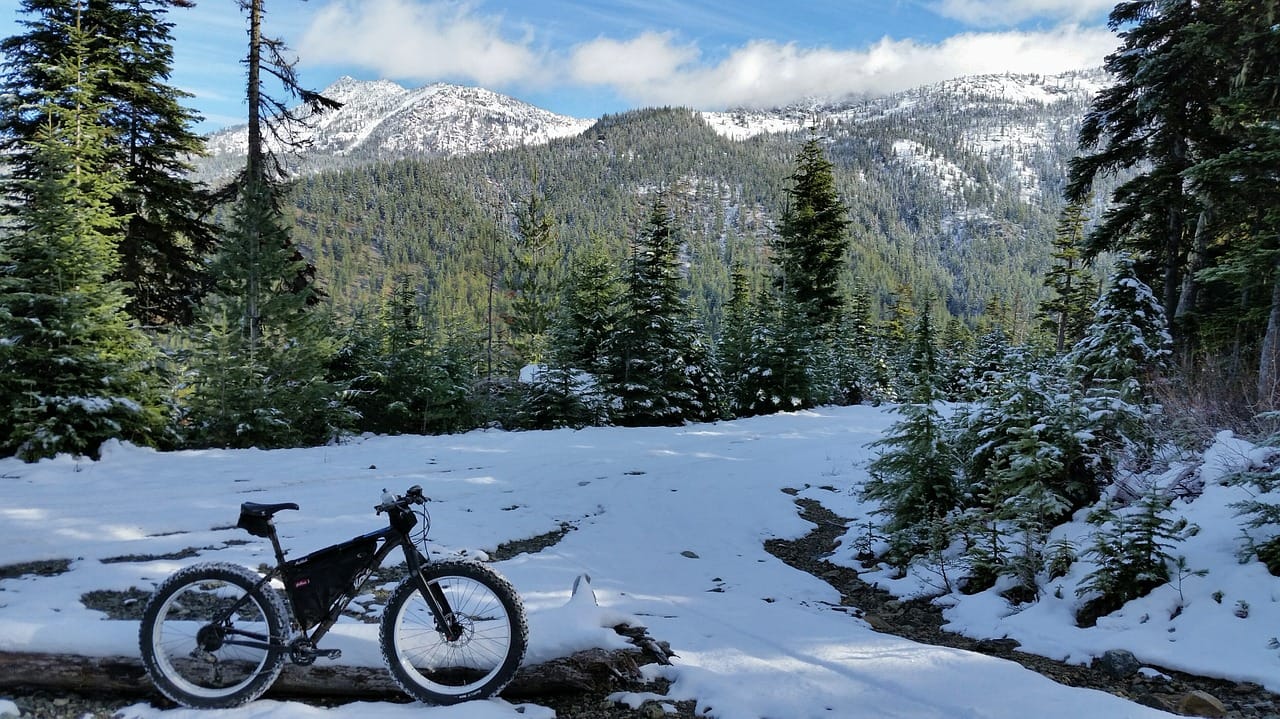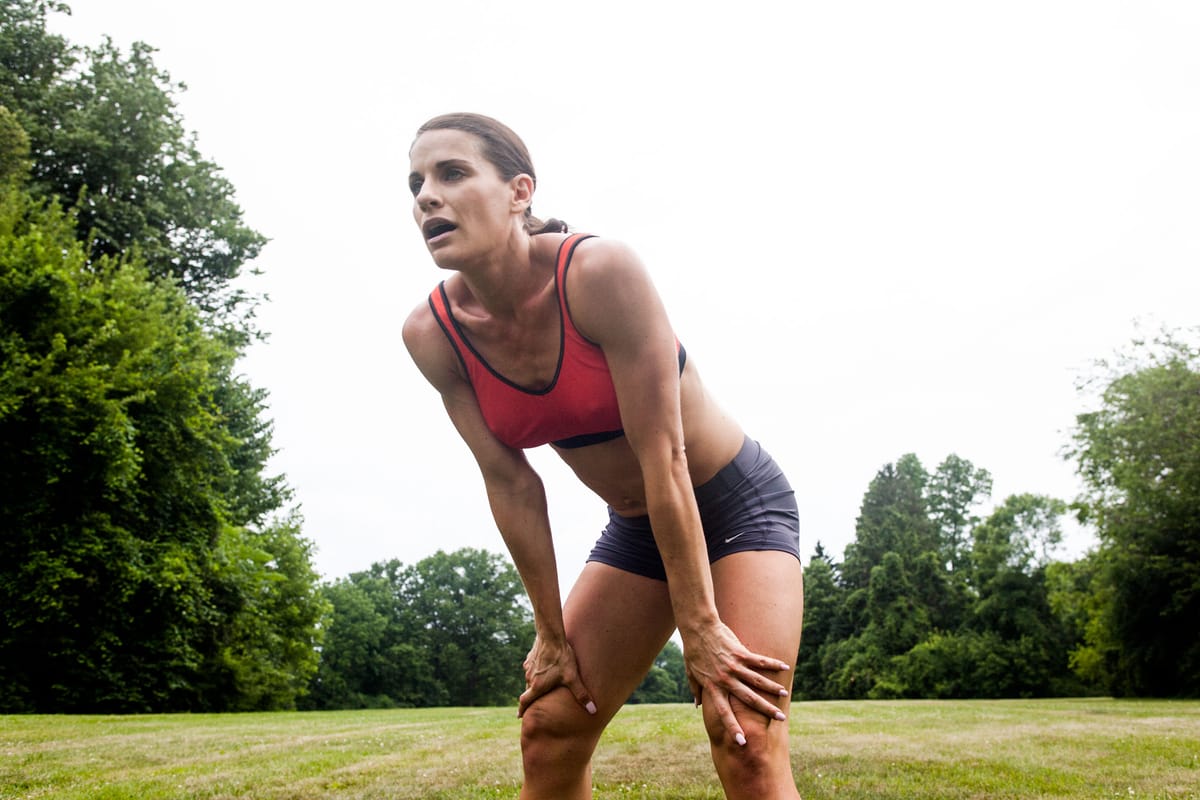We have put together a comprehensive guide to logging kilometres on the bike during the colder season.
There’s little doubt in my mind that the Tour de France is one of the harshest challenges in modern sport. There are tougher one-day events than some of the ‘Classic’ cycling races, but having to back up day after day for three weeks, respond to attacks, stay alert when fatigued in a peloton, etc., is without peer in modern sport.
It is, however, only the elite of the elite that find their way into this forum. As a cyclist, you’re more than likely going to be a weekend hacker or triathlete or possibly venture onto the track at some point in time. It doesn’t really matter, this article is aimed to cover all bases and give you some fundamental guidance as to what you should be doing (in general terms) training-wise over the winter months.
The physiological demands of cycling
All elite cyclists possess high levels of aerobic endurance; in fact, some of the highest VO2max readings on record – well in excess of 80ml/kg/min So if you’re interested in competing at an elite level – you need a huge aerobic engine!
A high VO2max is not enough, however, to guarantee you success on the bike. ‘Efficiency’ is also a vital requirement. As with marathon runners, when you ride you must be able to work at a high percentage of your VO2max without accumulating lactic acid. In other words, you need a high anaerobic threshold. Without this, your legs will be burning sooner than what would otherwise be necessary.
The high levels of aerobic conditioning (training) will help you to develop this aerobic efficiency and elevate your anaerobic threshold. This also has another advantage in that it teaches your body to spare valuable muscle glycogen and use a greater proportion of fat for muscle fuel.
This doesn’t mean that your training should be focused on mile after mile of low-intensity kilometres. You also need to develop your ‘anaerobic metabolism’. Come race day this is crucial. If another competitor drops the hammer and surges hard you need to have the ability to respond and cover the move (or make one yourself). This is where the contribution from the anaerobic metabolism comes into play heavily. This may also be the case if you encounter a tough hill. Therefore, low-intensity aerobic work alone is not enough if you want to succeed on the bike, or indeed in any aspect of endurance competition.
You also need to get stronger. At its core, cycling is a strength-endurance activity, so if you have a higher level of muscular strength you will only need to use a smaller percentage of your maximum strength to maintain the same total workload.
Plan your training
In order to optimise your performance, you need to periodise your training. As with many sports, the main competition phase for triathlon is (obviously) during the summer months. The season can stretch for as long as 30 weeks, so it is important to plan your training to suit your racing requirements. Since it is not realistic to reach and maintain a peak over several months, you may have to choose the part of the season that is most important for you and peak accordingly or plan two separate peaks. This will depend on your own racing goals. Whether your aim is to win the nationals or simply to perform well in a couple of local events, you must be single-minded, willing to work towards your predetermined goal event(s) and not expect to race well for successive weeks before and after the peak. It is more realistic to use additional races as hard training, which may come in the middle of hard training weeks so that when you ease up on the training load your performance will be boosted for the events that matter.
The pattern of your year will be greater mileage and lower intensity endurance work during the winter, which is best carried out indoors on trainers for safety reasons. Coming into the warmer spring months you should be changing the emphasis of your training to incorporate more quality work with less training volume, bringing you towards your competition period or peak phase where the emphasis is on sharpening with a tapered total volume.
A typical training week
Throughout the year you should always train the whole spectrum of fitness; it is the proportions that change as the months go by. You need to perform long steady state rides at a low intensity to encourage and improve your ability to metabolise fats. These rides will last up to several hours depending on the events you’re training for. You will do more of them during the winter but they should be kept up throughout the year.
Anaerobic threshold training will help to increase the speed at which the anaerobic threshold occurs, and should thus elevate your racing speed. These rides will typically last around 30 minutes, outside of warm up and warm down and can be done in interval fashion to ensure that the intensity level is maintained throughout. High-intensity lactate tolerance training may well help to raise your VO2max and increase your ability to tolerate lactic acid. You would normally perform these sessions in intervals (e.g. 10 x one minute hard, split by a minute’s recovery).
Hill repeats is another way to help your body cope with the demands of intense efforts. You can simply cycle hard up a hill and roll down the hill before you repeat. Alternatively, you can find a hilly circuit and perform repetitions around this putting in greater efforts uphill and recover going down. This training will help to improve your power and strength endurance and so too will regular, appropriately structured workouts in the weights room. Here, work on the hamstrings, glutes, calves and quadriceps is particularly important. Remember, as a triathlete, as you get closer to competition, always include some run training ‘off the bike’ as the mechanics of running off the bike are completely different to running fresh and like anything else your body needs to adapt to this load.
Basic principles of training in winter
While there’s no ‘right’ or ‘wrong’ way to train per se, there are basic principals to be adhered to:
- Always phase your training in a manner similar to what is indicated above,
- Allow adequate recovery – after all, your body is only getting stronger when it is recovering, not during the actual training loads themselves,
- Intense quality sessions or protracted, long aerobic sessions require 48-to-96 hours to recover from (depending on the conditioning/background of the athlete) – take this time otherwise you’ll end up toasted, and
- If you’re unsure of how to put together a training program get some guidance from a well-versed coach – you’ll save a lot of time and anguish doing so!
Enjoy the colder months, log some kilometres and stay safe.








